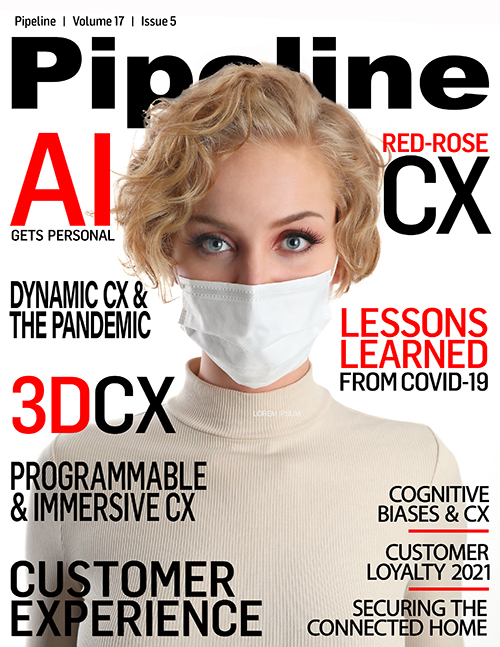Delivering Programmable Immersive CX
Digital virtual assistants
for enhanced video conferencing
One of the most easily implemented use cases is in the area of video conferencing. Due to advances in natural language processing (NLP), applications can be developed to enhance current virtual conferencing solutions through the creation and inclusion of a digital virtual assistant.
Digital virtual assistants are digitally generated characters that provide information by voice, recognize basic language, and can interact with clients in a variety of languages. These digital assistants can be integrated into existing conferencing systems, operating in the background until they are triggered by wake words similar to how smart devices like Alexa are activated. Digital virtual assistants can take verbal instructions such as “dial-out to participants” or “mute and unmute participants,” and can also perform tasks including setting reminders, recording conference calls, and capturing meeting minutes and action items. Because of the evolution of and continued dependence on video conferencing, these assistants can now be customized and mixed into the current video environment through an interactive screen, making their “virtual” status seem more real than a disembodied voice. See Figure 1, below.

Figure 1: Digital virtual assistants
Mixed reality video conferencing
This solution allows CSPs to take video conference offerings to a new level of immersive communication by offering customers a blend of realistic and virtual interactions. Mixed reality video conferencing addresses situations where customers would benefit by being onsite and yet are not able to be, such as inspections, product demonstrations, or even product launches.
Mixed reality video conferencing allows users to make video calls in a holographic environment. Colleagues and stakeholders can join the conference using 3D avatars that deliver a more in-person feel to the meeting. This allows for greater collaboration via sharing and viewing presentations on a virtual screen. Participants who do not have access to the mixed reality conference technology may still join via regular video call formats. Mixed reality video conferencing also supports virtual reality (VR) environments for an enhanced engagement and can be delivered as a hosted service via cloud infrastructure.
Smart virtual classrooms
A smart virtual classroom is similar to a mixed reality video conferencing solution, allowing educators to present content in a more interactive and engaging manner. While many subjects can be taught online in a simple lecture format, some courses require a more hands-on approach that students are not able to receive in today’s video call classes. As educators continue to look for ways to engage and educate students, smart virtual classrooms have the potential to deliver truly interactive curriculum. From anatomy to geography, a smart virtual classroom allows students and instructors to interact with content that more closely resembles the real-world experiences they would have in a classroom. Content can consist of detailed animated materials or 3D images that can be manipulated in the virtual environment. Virtual environments allow professors to seamlessly insert video content into their lectures. See Figure 2, on the following page.
Studies have shown that physical interactions with content help improve academic levels, providing students with increased knowledge while also facilitating higher retention rates. By delivering interactive platforms that allow educators and students



















